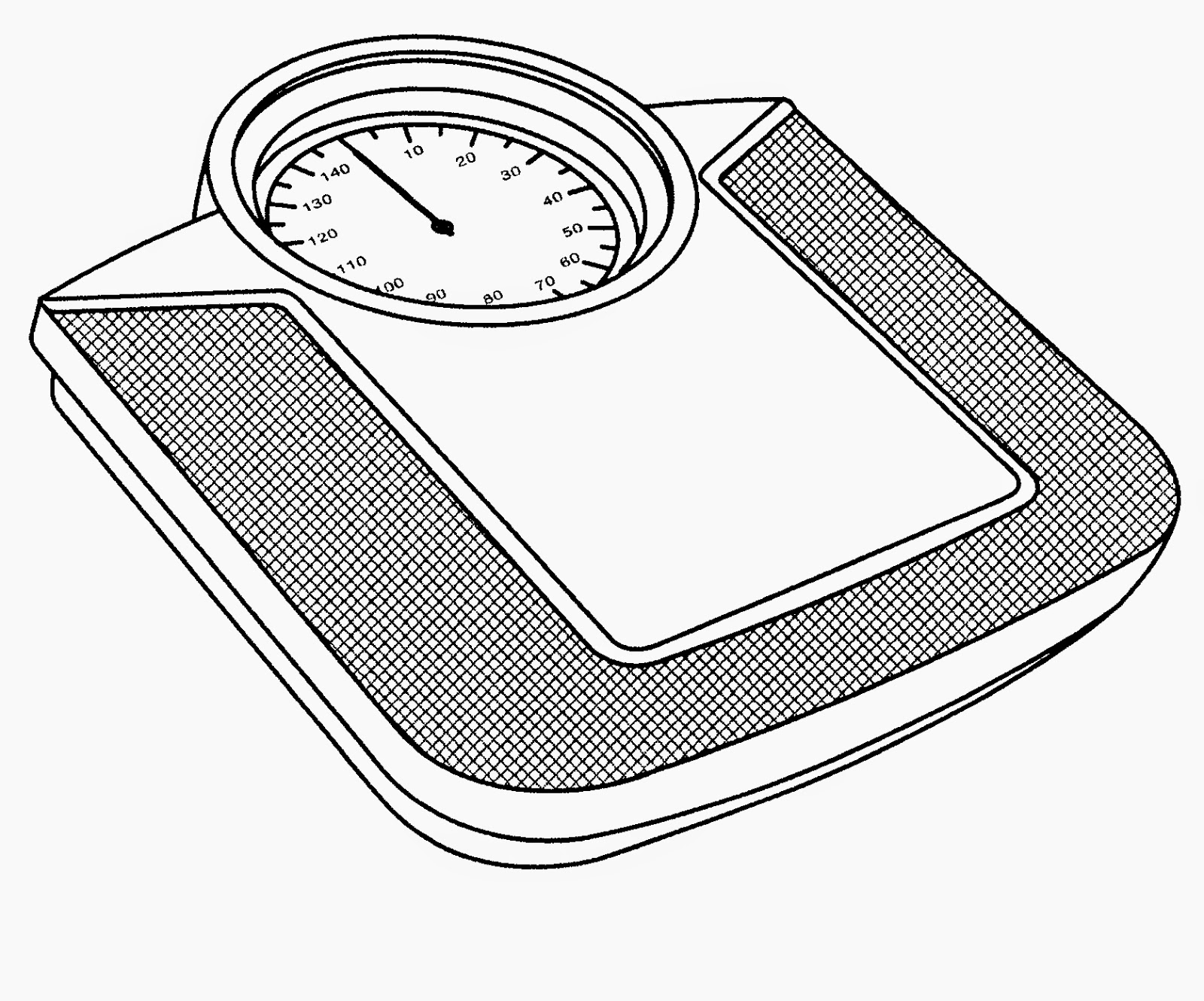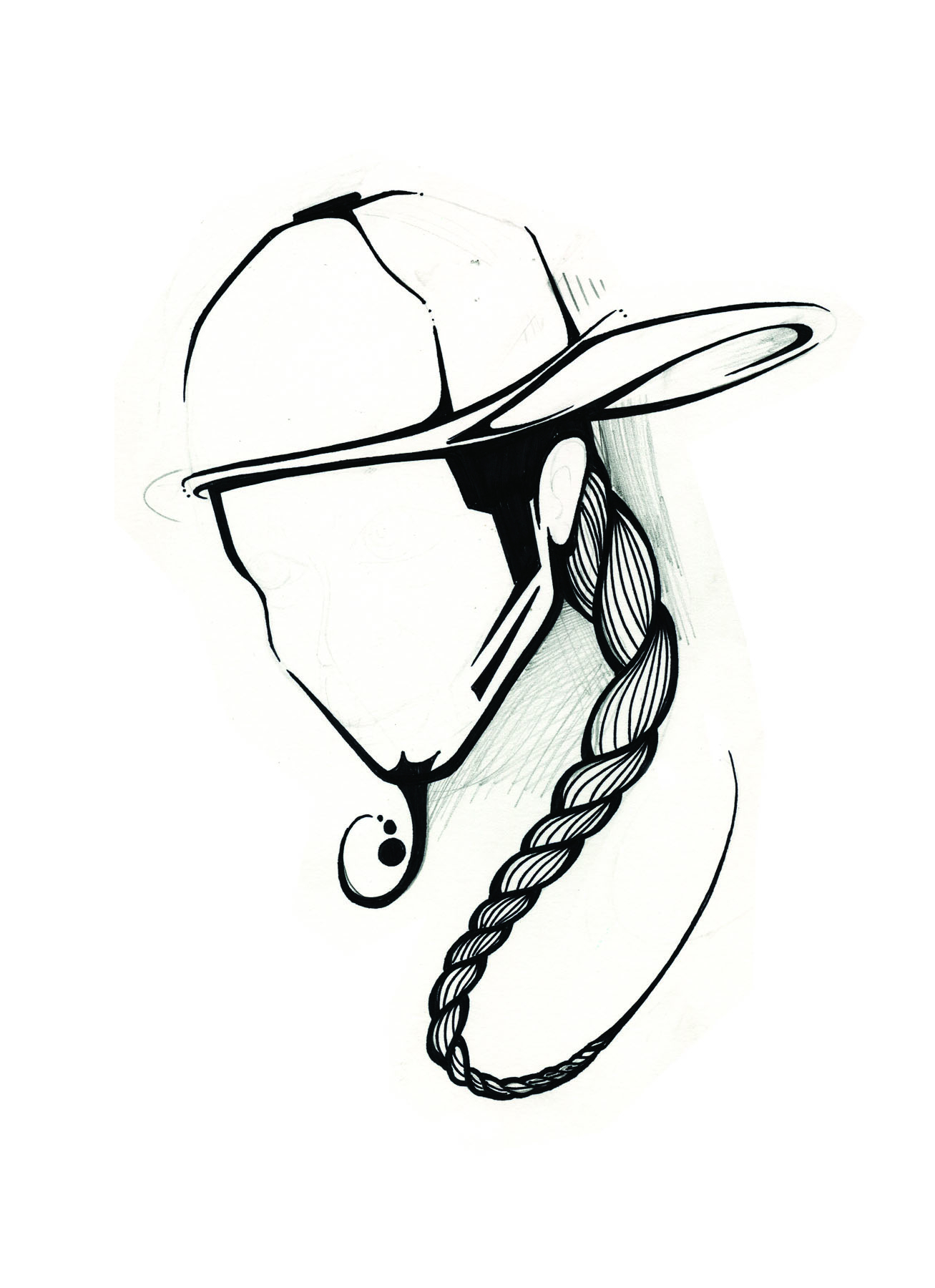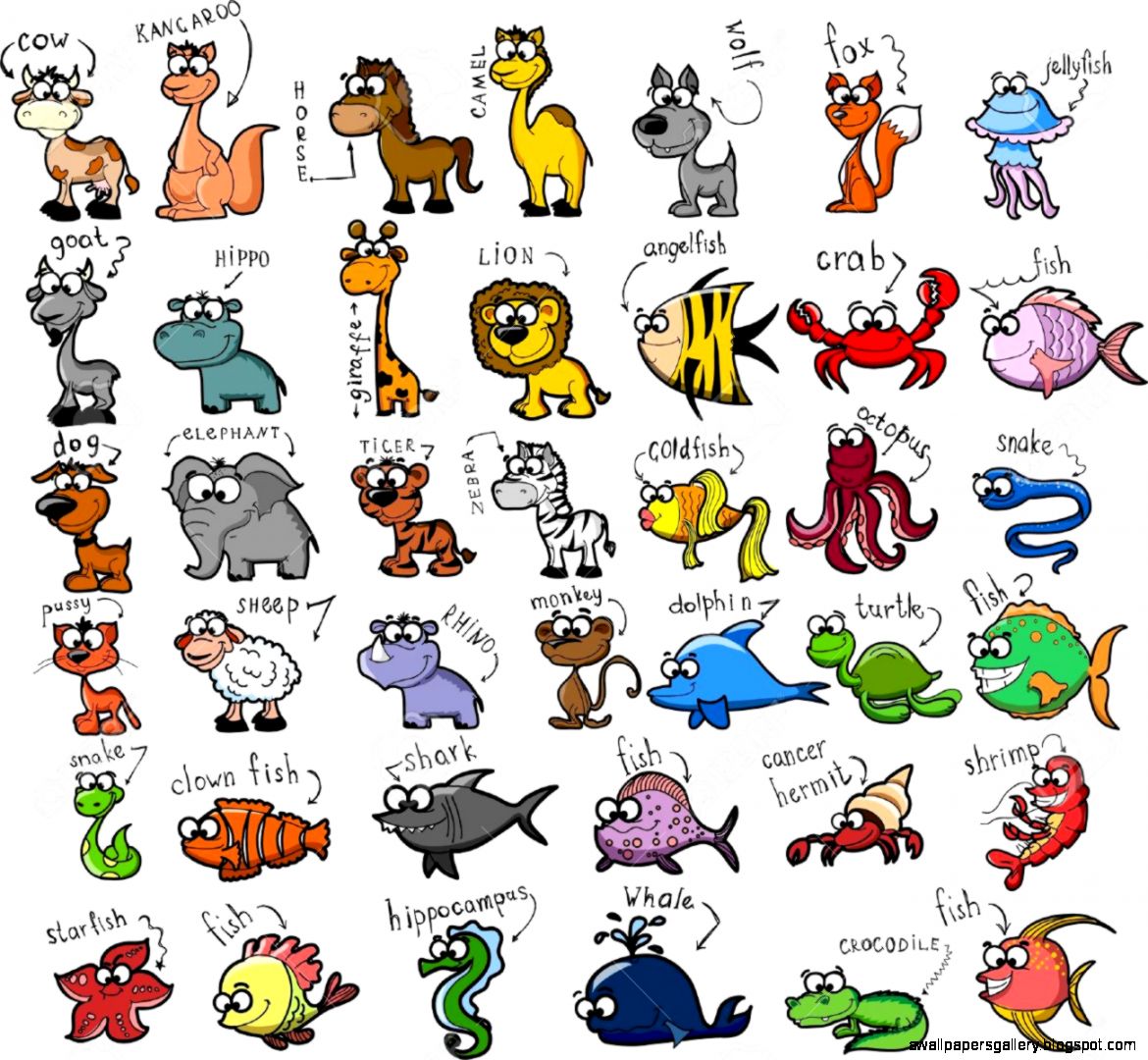Scale inches scales math drawings changing centimeters libretexts frac
Table of Contents
Table of Contents
Have you ever looked at a scale drawing and wondered how to measure it accurately? Whether you’re an architect, engineer, or just someone who enjoys creating scale drawings as a hobby, measuring them can be a challenging task. In this article, we’ll explore different methods for measuring a scale drawing and provide tips to ensure you get accurate results.
Understanding the Pain Points of Measuring a Scale Drawing
When it comes to measuring a scale drawing, there are a few common pain points that people face. One of the biggest challenges is determining the correct scale factor to use. It’s also common to encounter issues with measuring distances accurately, as even a small error can have a significant impact on the final results. Additionally, measuring irregularly shaped objects or areas can be a head-scratching task.
The Target of Measuring a Scale Drawing
The target of measuring a scale drawing is to convert the dimensions of a scaled object to its actual size. This can be accomplished using a variety of methods, depending on the complexity of the drawing and the accuracy required.
Summary of Key Points
In summary, measuring a scale drawing requires attention to detail, accurate measurements, and a solid understanding of the scale factor being used. By using the correct tools and techniques, it’s possible to get precise measurements that can be used to make informed decisions
Using a Ruler or Measuring Tape
One of the simplest methods for measuring a scale drawing is by using a ruler or measuring tape. To do this, you need to know the scale factor being used and use that to convert the measurements. For example, if the scale factor is 1:50, then 1 cm on the drawing would represent 50 cm in real life. Place the ruler or measuring tape on the drawing and measure the distance between the two points you want to measure. Multiply this value by the scale factor to get the actual size.
 You can also use this method to measure irregularly shaped objects or areas. Break down the shape into smaller, more manageable pieces, and measure them individually with the ruler or measuring tape. Add up all the measurements to get the total dimensions of the object or area.
You can also use this method to measure irregularly shaped objects or areas. Break down the shape into smaller, more manageable pieces, and measure them individually with the ruler or measuring tape. Add up all the measurements to get the total dimensions of the object or area.
Using a Proportional Divider
If you want a more accurate method for measuring a scale drawing, consider using a proportional divider. This tool allows you to easily convert scale measurements into their actual size by adjusting the divider to match the scale factor. Place one end of the divider on the drawing and spread the other end until it matches the actual size you want to measure. The divider will then tell you the real-world size of the object or area.
 ### Measuring Curved or Angled Surfaces
### Measuring Curved or Angled Surfaces
Measuring curved or angled surfaces on a scale drawing can be challenging, but there are ways to get accurate measurements. One method is to use a flexible measuring tape or a string to follow the curve or angle and then measure the length of the tape or string. Another option is to break down the surface into smaller, more manageable pieces and measure each section individually.
 #### Tips for Accurate Measurements
#### Tips for Accurate Measurements
To ensure that you get accurate measurements when measuring a scale drawing, there are a few tips to keep in mind. First, always double-check your measurements to make sure they are correct. It’s also a good idea to use a straightedge or ruler whenever possible to ensure that your measurements are as precise as possible. Finally, if you’re unsure about a measurement, always err on the side of caution and measure again to avoid any errors.
Question and Answer
Q: What is the purpose of a scale drawing?
A: The purpose of a scale drawing is to represent an object or area at a smaller size than its actual dimensions. This allows for easier visualization and planning, particularly in fields like architecture and engineering.
Q: How do you determine the scale factor being used in a scale drawing?
A: The scale factor is typically located somewhere on the drawing, often in the legend or key. It will be listed as a ratio or as a decimal, depending on the drawing.
Q: Can you use a regular ruler or measuring tape to measure a scale drawing?
A: Yes, as long as you know the scale factor being used and convert your measurements accordingly. However, this method may not be as accurate as using a proportional divider, particularly for complex or irregularly shaped objects.
Q: What other tools can be used to measure a scale drawing?
A: Other tools that can be used to measure a scale drawing include a drafting compass, a digital caliper, and a laser distance measurer.
Conclusion of How to Measure a Scale Drawing
Measuring a scale drawing may seem like a daunting task, but it doesn’t have to be. With the right tools, techniques, and attention to detail, it’s possible to get accurate measurements that can be used in a variety of applications. Whether you’re measuring a small object or a large area, always remember to take your time, double-check your measurements, and use the appropriate tools for the job.
Gallery
Weight Scale Drawing At PaintingValley.com | Explore Collection Of

Photo Credit by: bing.com / scale weighing drawing weight electronic drawings paintingvalley canada getdrawings
Scale Drawing - AccuTeach

Photo Credit by: bing.com / accuteach
Does Scale Measure Weight Or Mass? Find Out Here - Your Weighing Buddy

Photo Credit by: bing.com / scale measure does success loss weight reasons measuring toss exercise
Clipart Panda - Free Clipart Images

Photo Credit by: bing.com / clipart scale measuring measure use
1.2.4: Changing Scales In Scale Drawings - Mathematics LibreTexts

Photo Credit by: bing.com / scale inches scales math drawings changing centimeters libretexts frac





